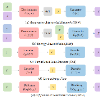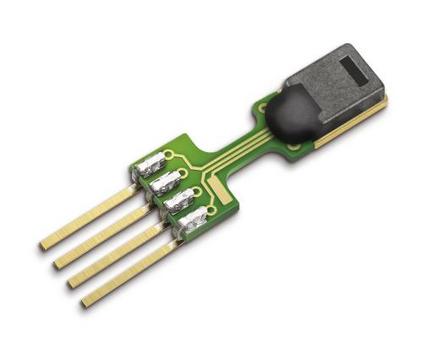Simulating vision-based tactile sensors enables learning models for contact-rich tasks when collecting real world data at scale can be prohibitive. However, modeling the optical response of the gel deformation as well as incorporating the dynamics of the contact makes sim2real challenging. Prior works have explored data augmentation, fine-tuning, or learning generative models to reduce the sim2real gap. In this work, we present the first method to leverage probabilistic diffusion models for capturing complex illumination changes from gel deformations. Our tactile diffusion model is able to generate realistic tactile images from simulated contact depth bridging the reality gap for vision-based tactile sensing. On real braille reading task with a DIGIT sensor, a classifier trained with our diffusion model achieves 75.74% accuracy outperforming classifiers trained with simulation and other approaches. Project page: https://github.com/carolinahiguera/Tactile-Diffusion
翻译:模拟基于视觉的触觉传感器可以在收集现实世界数据成本高昂时学习具有接触感任务的模型。然而,对胶凝物变形的光学反应进行建模以及结合接触的动态使得从模拟到现实的转化具有挑战性。之前的研究探讨了数据增强、微调或学习生成模型以减少从模拟到现实的差距。在本文中,我们展示了第一个利用概率扩散模型捕捉胶凝物变形的复杂光照变化的方法。我们的触觉扩散模型能够从模拟的接触深度产生逼真的触觉图像,弥合了基于视觉的触觉传感器的现实差距。在与DIGIT传感器的实际盲文阅读任务中,用我们的扩散模型训练的分类器实现了75.74%的准确率,优于用模拟和其他方法训练的分类器。项目页面:https://github.com/carolinahiguera/Tactile-Diffusion


